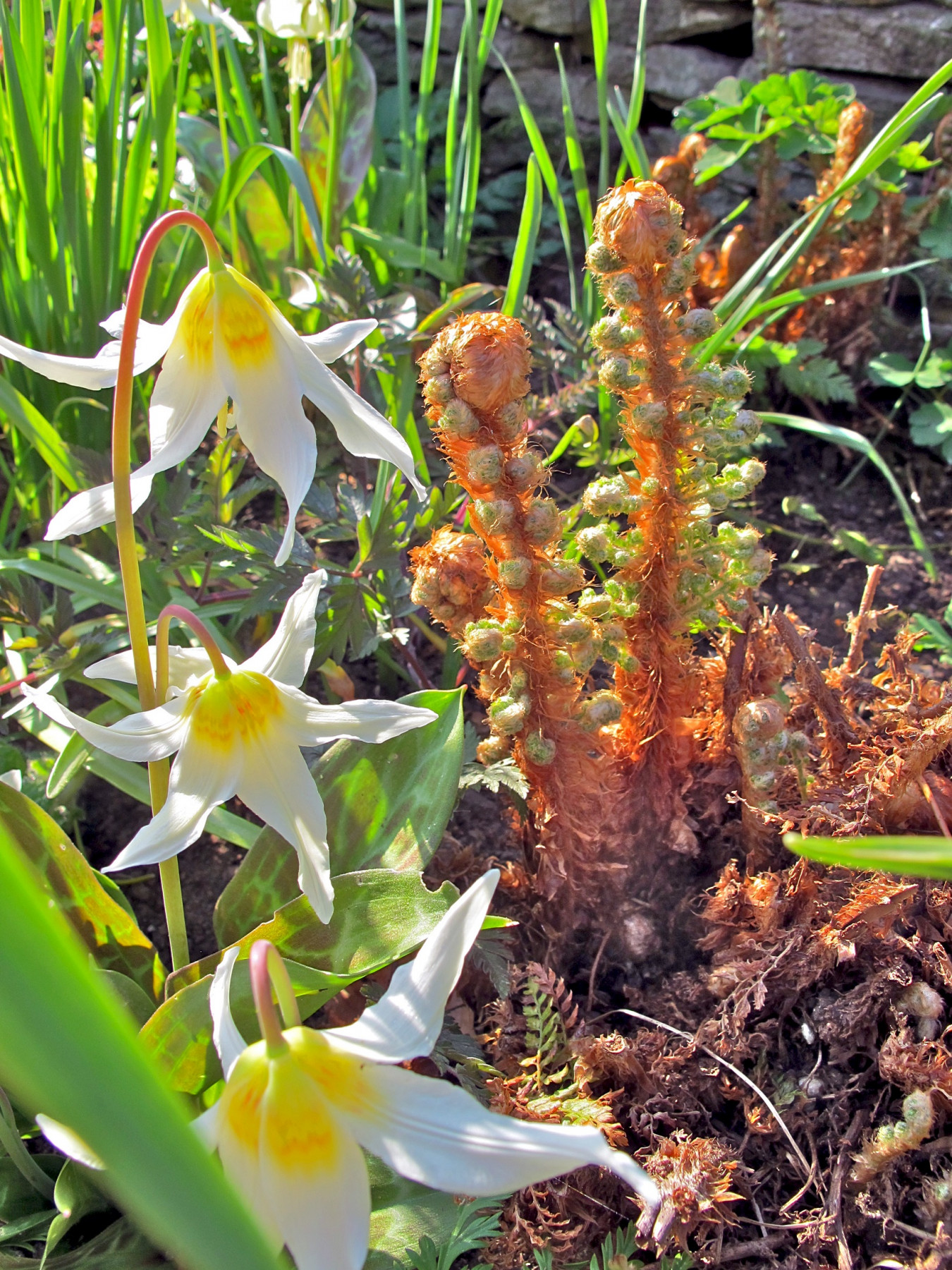
I’m actually writing this on January 19th, a significant day in the gardening calendar. It’s the day when our part of the earth begins to warm up again. Scientists tell us that from that day onwards the ground starts to get warmer, due to the sun getting closer to our part of the Northern hemisphere. I find this very uplifting, despite the fact that Storm Christopher is currently roaring through the garden on a gun-metal grey day. Spring is coming. Hallelujah!
I can sense the seasons shifting, because nature has its own built-in rhythm and that thought sustains and comforts me in difficult times. Whatever happens and whatever I do, the world keeps turning. That thought has helped me through a long lockdown, although to be honest writers are in lockdown for most of the time. It’s a lonely life, but this year‘s been extra lonely. Like many, I haven’t seen my family for months.
Gardeners know there’s a higher power, be it God or Mother Nature, and that helps their mental stability. The garden ticks on, regardless of Covid 19 or anything else, and it’s very reassuring. If you took to gardening in lockdown, you’ll know exactly what I mean. It may be too early to plant and sow on January 19th, but the buds are swelling and yesterday evening there were birds singing, more enthusiastically, for the first time this year. Blue tits have begun examining the nesting boxes, although I’m advising them to hang fire!
The next important day is Candlemas on February 2nd. This Christian festival celebrates two events, the purification of the Virgin Mary and the presentation of Jesus at the Temple. It’s been celebrated in some form since the 4th century BC and candles are still lit in churches, to symbolise that Jesus was the Light of the World. In times past virginal, white snowdrops were arranged on the altar, to symbolise the Virgin Mary, and this is why many churchyards and monasteries have large colonies.
Most are or commonest species Galanthus nivalis, a Latin name that translates as white milk flower. For many years this was considered a native British species, but botanists who’ve examined pollen grains in deep soil samples have concluded that this species was actually introduced. It is native to large parts of Europe however, because it’s the most widespread species of all twenty or so.
How it got here, seems shrouded in mystery. The Romans are mentioned, aren’t they always, but so is the 16th century. One of the problems is the naming of plants. John Gerard called it ‘the timely flowering bulbous violet’ in his Herbal of 1597. It’s unclear whether he was recording a well-known plant, or a newly introduced one, but it was definitely known and grown. The word snowdrop didn’t arrive until the 1750s, when ladies began to wear long pearl earrings, called schneetrofen I think. Vermeer’s Girl with the Pearl Earring, dated to around 1685, shows this high fashion.
The thought that this snowdrop was introduced and not natural, makes me wonder how certain woodlands in the wilds of Wales come to have such huge colonies in the middle of nowhere. Who could have planted them and how could they spread that quickly? Could scientists be mistaken perhaps! After all, we were once joined to Europe by land rather than Treaty.
Many established colonies are associated with religious or ancient sites. Walsingham Abbey’s has eighteen acres of snowdrops, although many were deliberately planted in Victorian times to attract more visitors to swell the Abbey’s coffers. The Wisbech thieves who dug up thirteen thousand bulbs, worth nearly £1500, have just been convicted. Snowdrops theft is common, because they’re easy to see at night.
Lesser-known snowdrop hotspots include Welford Park near Lambourn in Berkshire, the site of a Norman monastery. This snowdrop garden, which has opened for fifty years, has sheets of them and they often get flooded by the chalk stream, yet continue to thrive under hazels. Benington Lordship near Stevenage in Hertfordshire, also has lots of them. It’s the site of an old Norman Castle, but again many of their snowdrops were planted in the early years of the 20th century.It seems that some were planted for religious purposes, such as celebrating Candlemas, whilst others are there to attract visitors.
Like most Christian festivals, Candlemas was hooked on to an established Pagan festival known as Imbolc, celebrated on February 1st. The timing is precise because this date falls midway between the winter solstice, when the days are shortest, and the spring equinox which occurs when the days and nights are exactly equal. This year the vernal equinox falls on Saturday March 20th.

Imbolc is also known as St Brigid’s Day, a Gaelic festival marking the beginning of spring. It probably began as a celebration of a Gaelic goddess named Brigid. It’s thought to have been celebrated in Ireland since Neolithic times, because some passage tombs are aligned with sunrise on that day. Fire and purification were important elements of the festival.
Beltane was held on May 1st, or May Day. Lughnasadh, named after an Irish warrior god named Lugh, celebrated the first the first fruits of the harvest on or around the 1st August. Samhuinn coincides with our Halloween.
Gardeners make their own celebrations and I’m reminded of Joan Loraine of Greencombe in Porlock. Miss Loraine died in March 2016. She epitomised the eccentric and adventuring upper class lady gardener to perfection. Her mainly woodland garden has been taken over by her diligent American nephew, Robert Schmidt, so it’s normally open and it contains a Plant Heritage collections of polystichums ( thumbs-up ferns as some call them) and erythroniums or trout lilies.
In later years Joan Loraine travelled to the Pacific North West and Sierra Nevada in the United States and to Siberia in search of wild erythroniums. I was rather scared of her, I confess, for she had one of those fruity English voices you heard on old black and white films. In later years she was the voice of the hedgehog in Aardman Animations Creature Comforts film, extolling the merits of dog’s tooth violet, a type of erythronium.
Her wonderful north facing garden, which was full of treasures, was overshadowed by Porlock Hill and the sun disappeared for much of the winter. Joan always celebrated the moment when the sun hit the garden again, with a glass of sherry. In later years, when mobility was a problem, the sherry bottle and glass had to be placed on the doorstep because the first shaft of sunlight was so brief. It didn’t allow enough time for her to go indoors and fill the sherry glass.
The secret of her gardening success, for she grew many rarities, was making copious amounts of her own leaf litter so that it resembles crumbly dark chocolate – rather like her mellow voice. Being teetotal, I’ll simply raise a mug of tea when I think we’ve turned the corner. They’ll be a chorus of birds trying to attract a mate or defend their patch, my chickens will be laying again and it will be warm enough to shed some of the winter clothing. Bring it on!



